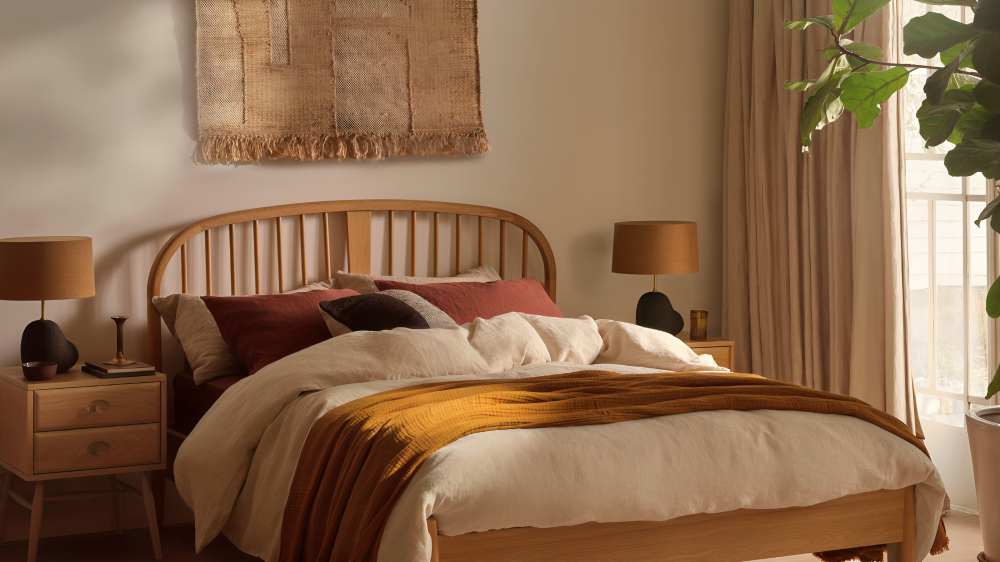
Tired of the endless cycle of shopping and clutter guilt, I decided to try a clothes-buying ban to force myself to see my closet in a new light while saving myself some money.
For years, I have been prone to buying clothes and leaving them hanging up in my closet, barely touched until I come to declutter them a few years down the line. Desperate to cut back on clothes clutter, I put myself on a three-month shopping ban.
It took four attempts to finally complete, but I have finally succeeded with my self-imposed ban and it has completely changed how I see my wardrobe, and how I declutter clothes.
Why I tried a three-month clothes-buying ban
Up until now, I have been decluttering a closet when necessity called for it. Usually, it would involve me ripping every single item out, throwing them on my bed, and trying to be ruthless when decluttering. Decluttering without making a mess was not an option.
Each time, however, I would always end up holding onto items ‘just in case’, because I had spent money on them, or because I used to enjoy wearing them, meaning the problem soon returned. In the end, I would always wear the same 10 or so items on repeat – especially as I work from home and favor comfort over style.
So, rather than dealing with the problem after the stress arose, I decided to tackle it head-on and curb the influx of clothing, stopping clutter before it started.
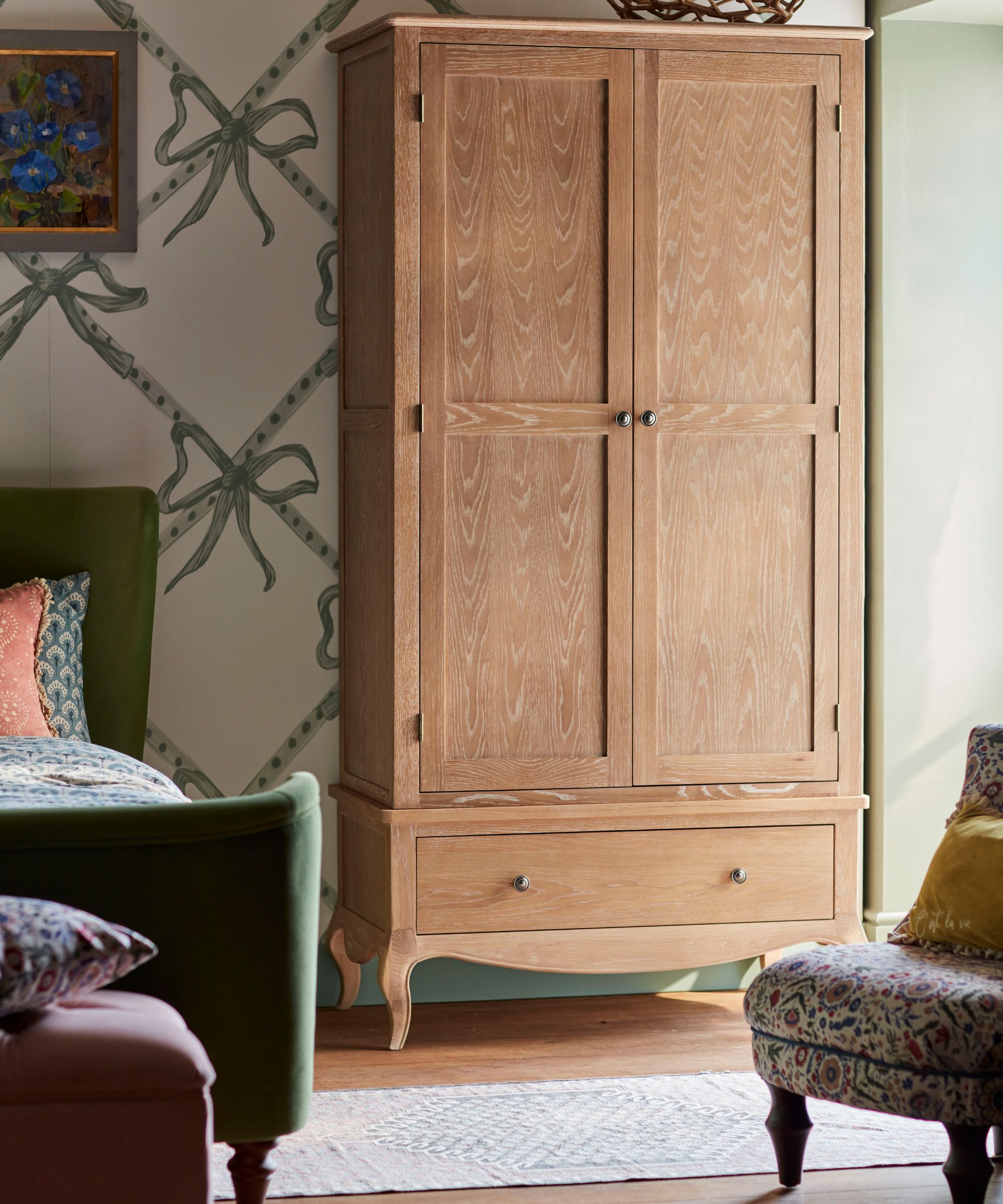
Nick Drewe, CEO and consumer trends money-saving expert at Wethrift explains, ‘A clothes-buying ban is an effective way of managing clutter, especially when approached with the right mindset. Many shoppers don’t realize that passive shopping or unplanned purchases made during sales add to the clutter.
‘It also empowers one to pause before making a purchase, enabling them to think twice if what they’re buying is something they would actually wear and it’s something they need.’

Under-bed storage is a godsend when trying to organize and arrange a small awkward closet. They provide extra space for folded items and allow you to safely tuck out-of-season garments away, giving you easier access to your current clothing.
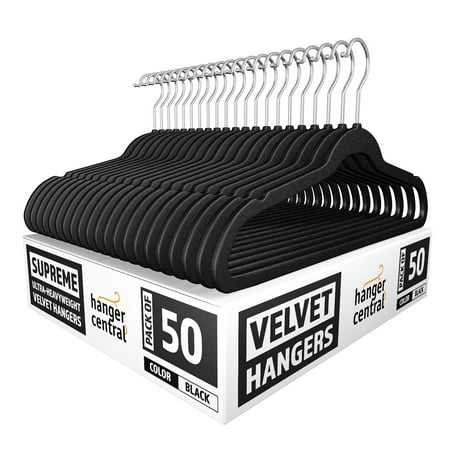
You would be hard pushed to find a pro organizer who doesn't love velvet slimline hangars to organize a closet. They keep clothes in place without taking up too much space and reduce visual clutter with their uniformity.

Woven baskets are a great alternative to a 'clothes chair'. They can corral the clothing that is not ready for laundry, but you do not want to hang up yet, avoiding mountains of mess in your bedroom.
How I got on
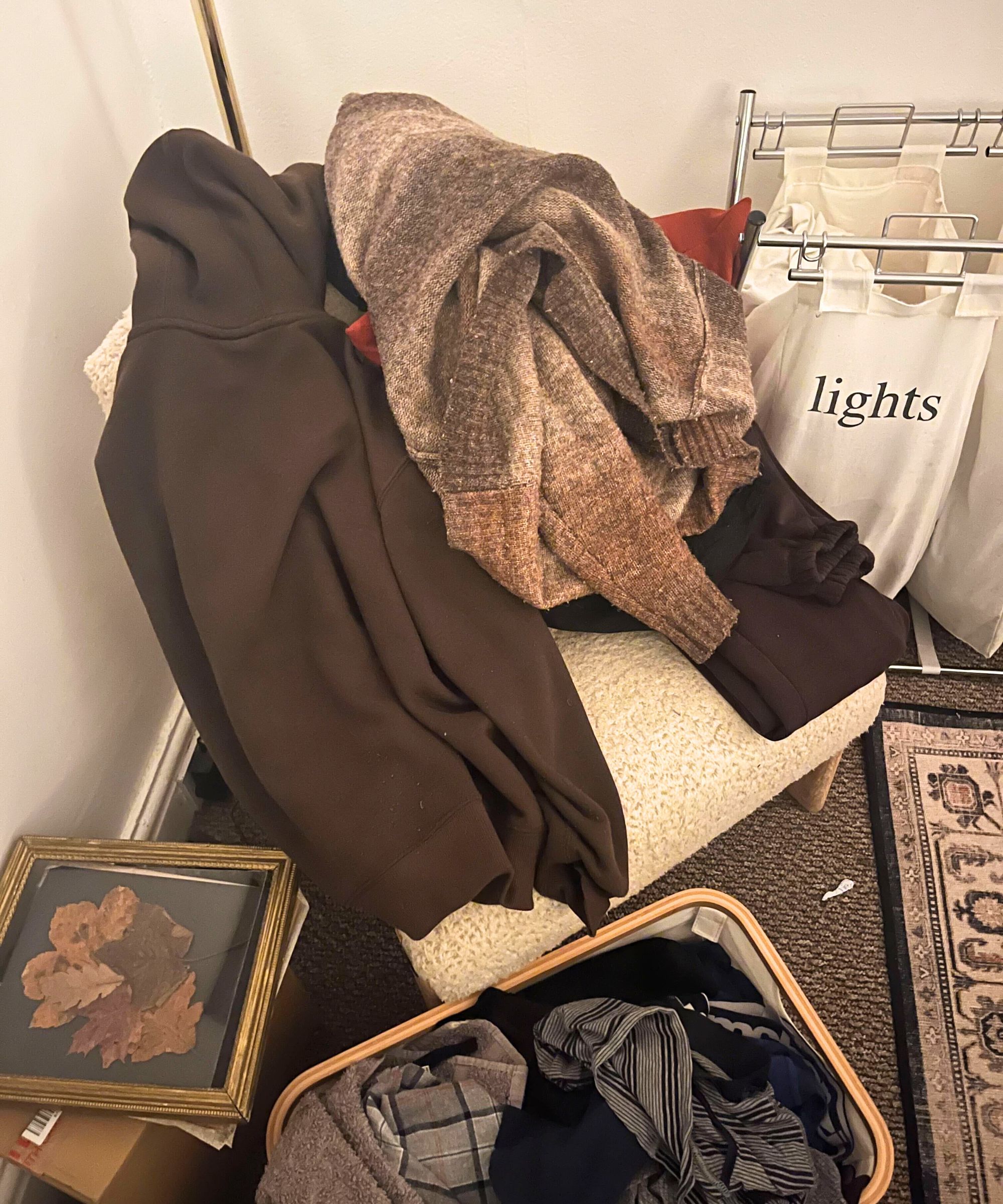
The first three attempts failed, usually because I saw items online that I believed would go out of stock and felt like I ‘needed’ them. I am happy to say that many of the items saw a lot of use when I bought them, but there were still some stragglers that ended up being a waste of money.
This fourth time, however, I followed Nick’s advice and decided to set up a digital wish-list instead, collating links to any items I saw online and loved instead of shopping immediately. This was to help me break the stages of clutter. The idea was if I was still thinking about those items at the end of the three months, and they were still in stock, then I would take the plunge.
I also made an effort to unsubscribe from any clothes-related email lists I was on, reducing how often I was exposed to the opportunity to spend, spent much less time ‘window-shopping’, and changed how I used apps such as Pinterest and Instagram, to reduce my exposure to influencers whose sole job it is to get me to part with my money, for items I don't really need.
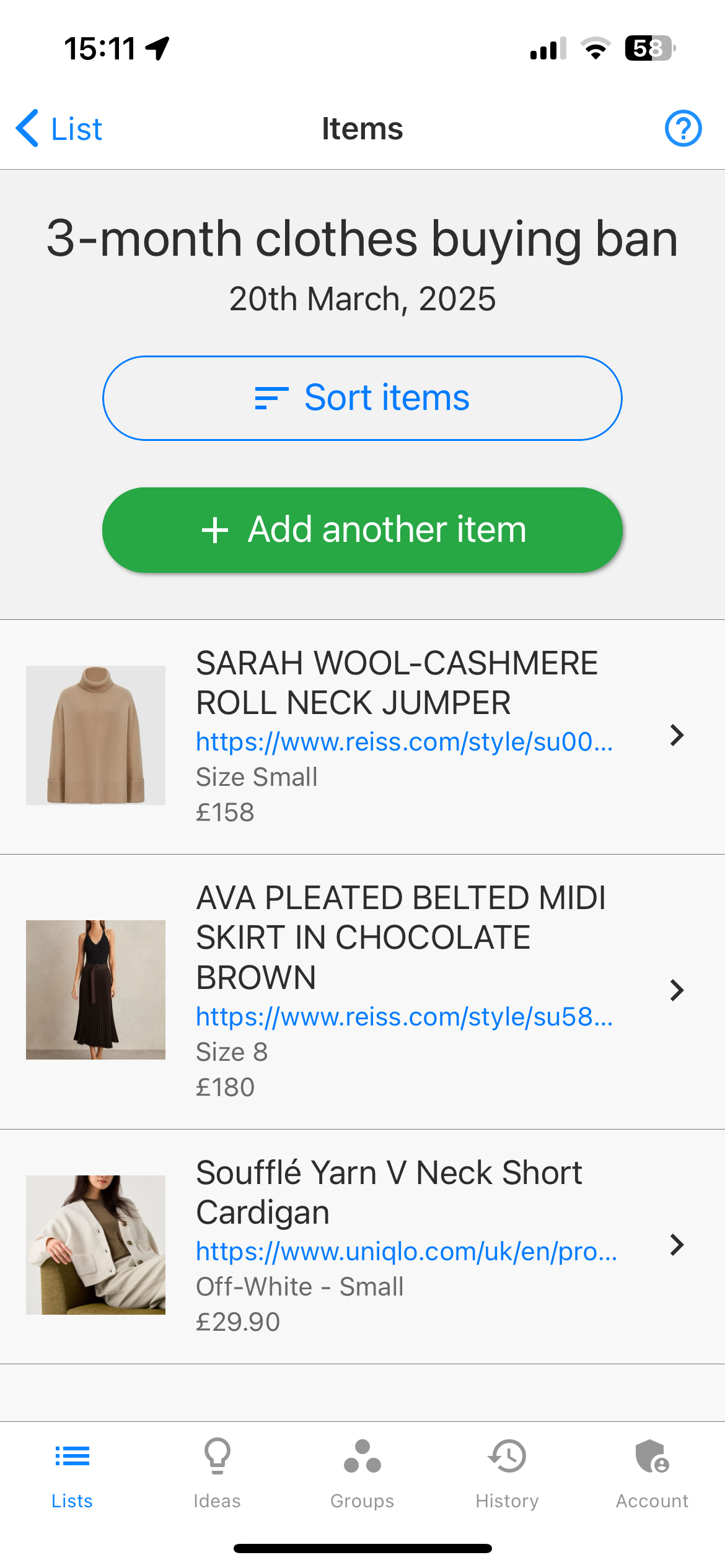
The most interesting thing I found about the ban was that I started in month one adding items to the list very regularly. By the middle of month two, however, I realized that I had barely opened the list, let alone thought about any of the items on it. By the end of month three, I found that I didn’t like many of the items I had added back at the beginning of the year. In total, I ended up saving myself around $475.
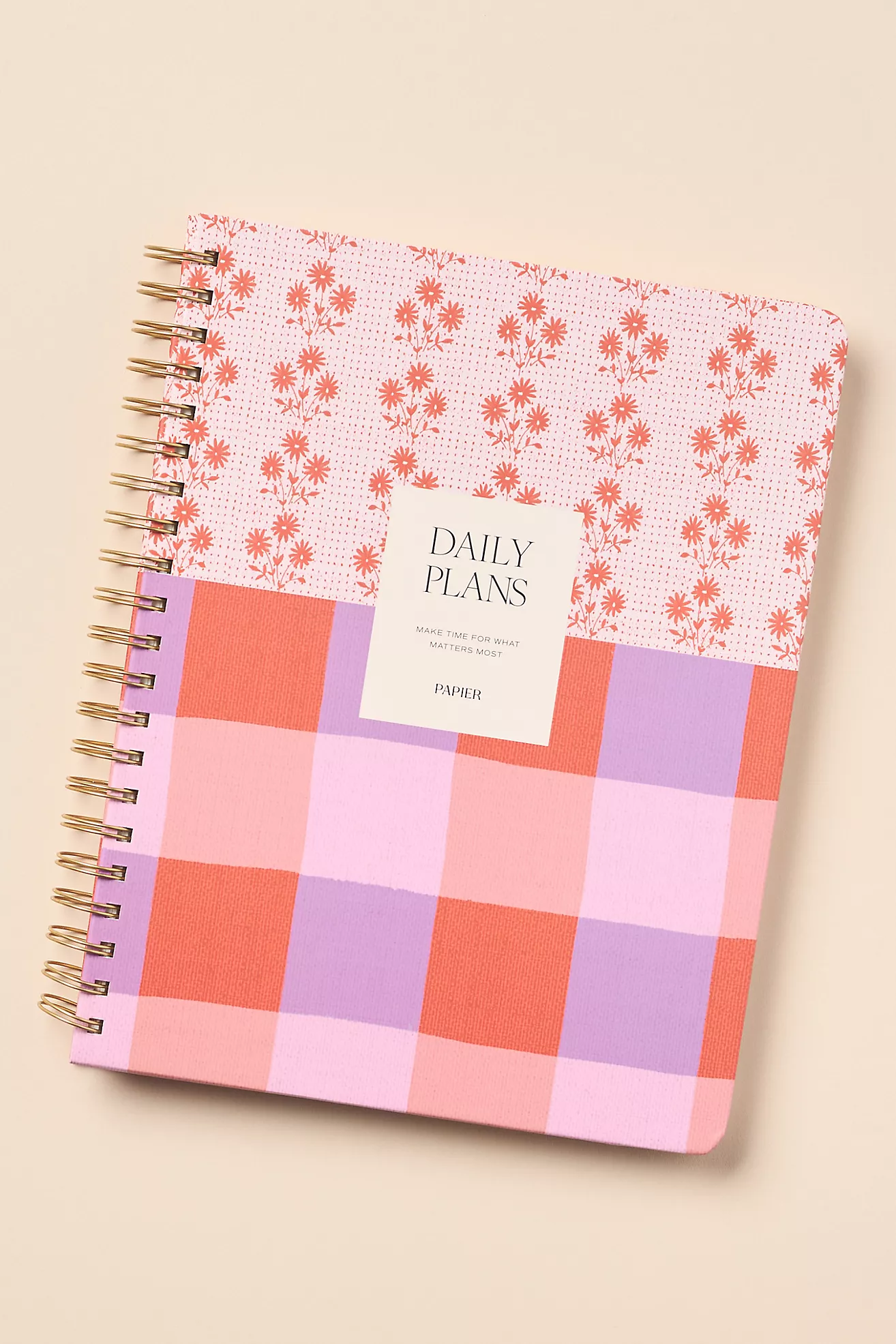
This journal comes with daily to-do lists, habit trackers, and goal-planning sheets to help you set targets and goals for your clothes-buying ban. You can also use it to keep a physical wish list.
I added an extra element to this challenge, too, in that I forced myself to experiment more with the clothing items I had. I made a conscious effort to wear something different as often as I could, especially when going out to the store or for a day trip.
Now, I have realized that no matter how hard I try, there are some items I always gravitate towards and some I avoid. The good news is that I now have an idea of which pieces I should let go of for good, and I have started to reset my closet with the capsule decluttering method.
That being said, I still decluttered occasionally throughout the months, using approaches such as the post-it note decluttering method to work through some of my closet and long-term clothes storage as a part of my spring cleaning checklist, making it a little easier to navigate the space throughout the challenge.
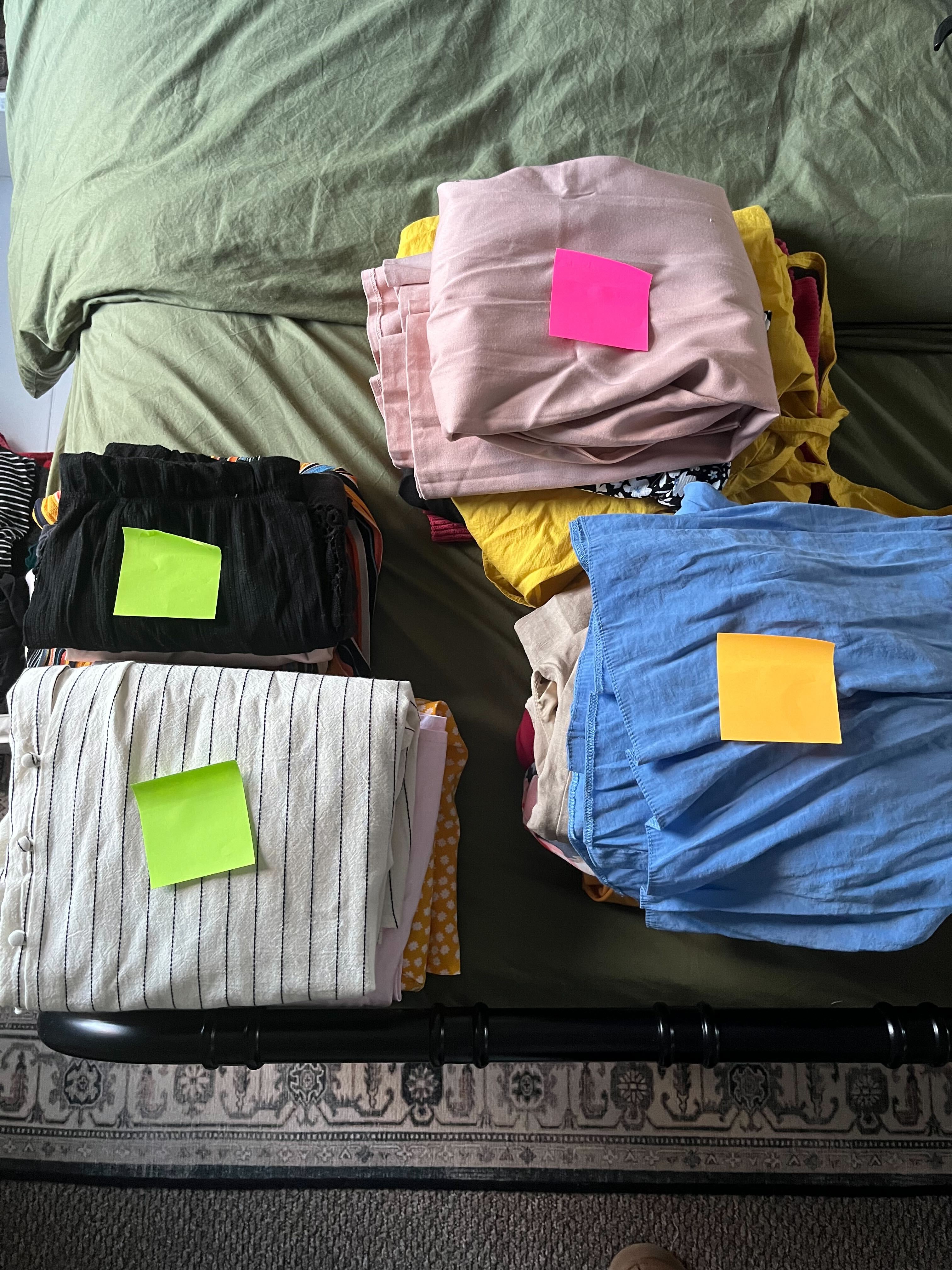
Expert tips for your own clothes-buying ban
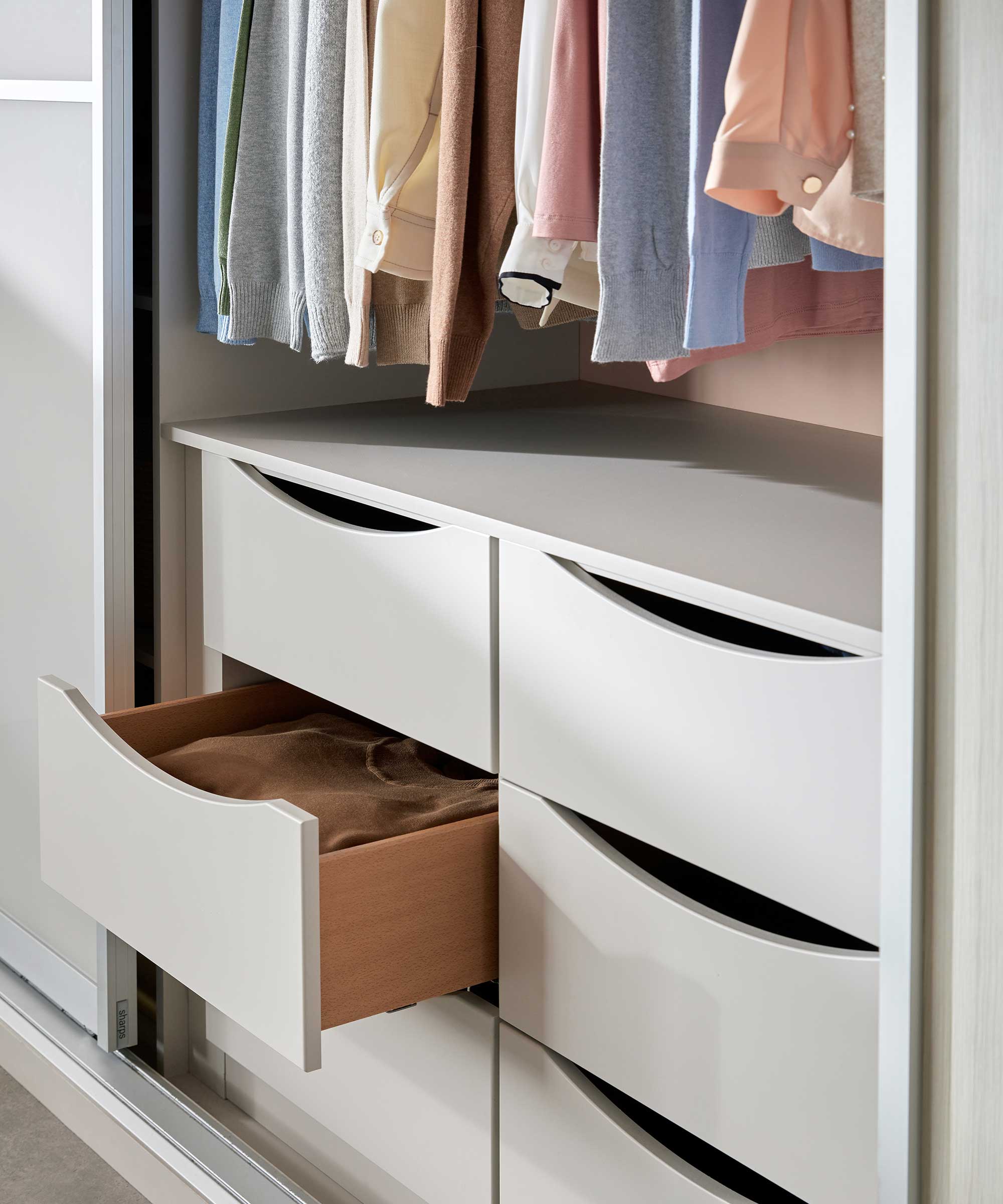
- Set a realistic time limit: In order to set yourself up for a successful decluttering session and complete the challenge, Nick says, ‘It can be challenging because sometimes you just can’t turn away from deals flashing on your phone or sales being promoted on your feed. To help manage the ban, set a realistic time-frame you can follow. Can you do a month or six months? Giving yourself a deadline makes it more achievable and something you can work toward.’ You can also repeat it if you start small, extending the challenge as you go.
- Have a ‘why’: One of the best decluttering tips for a successful ban, Nick continues, is to establish a goal. He says, ‘It’s important to have a “why.” Why are you doing this? Is it to lessen clutter or save money? Having this reason fueling your resolve makes it easier to stay focused.’
- Shop your closet: Nick also suggests, ‘Maximize your closet! Mix and match the pieces you own and rediscover old pieces that you can pair with new ones.’
- Try a purpose-led approach: You don’t have to apply a blanket ban to clothing, Nick adds. He explains, ‘A total ban may be limiting. What you can do is take the "buy with purpose" approach. Set your spending limit for a month and purchase only what you need and will be able to utilize. Being cautious about what you purchase will minimize clutter and help you save money in the long term.
Meet the expert
Nick adds, ‘You can also apply the one-in, one-out rule. When you purchase something new, something old has to be discarded to create room for the new item. You do not necessarily have to throw it away. You can always donate or find a way of utilizing the product.’







